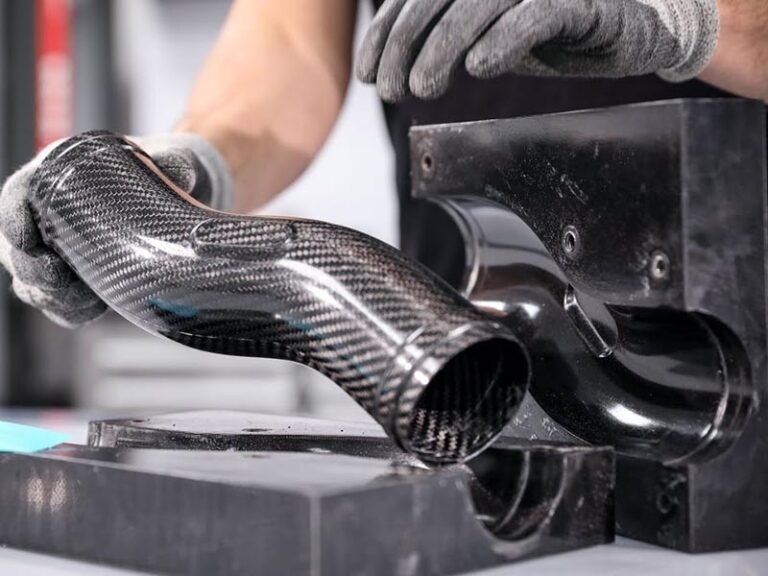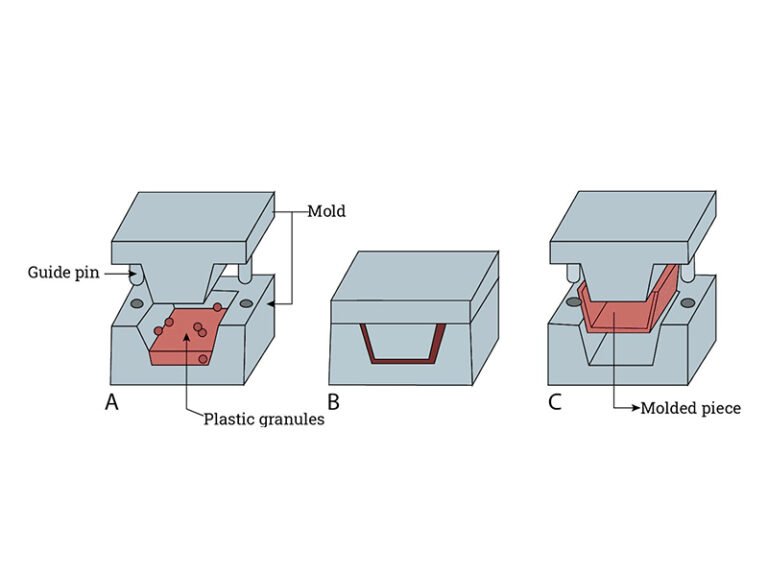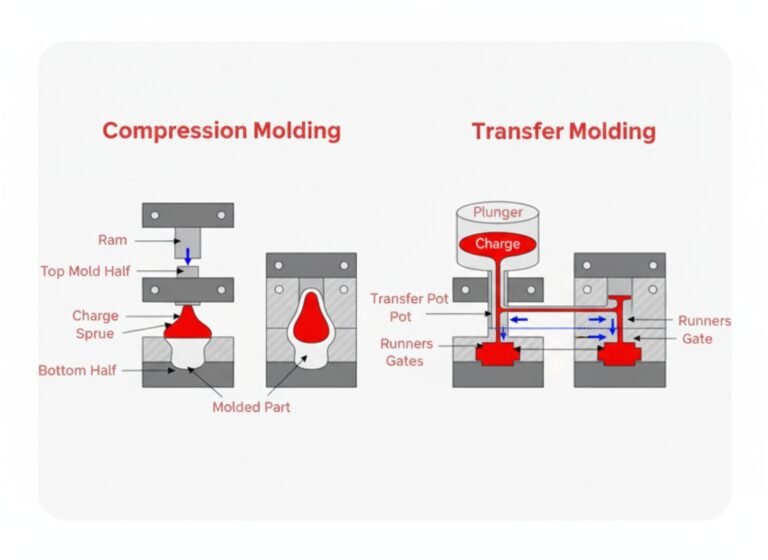CNC POM machining refers to the use of computer numerical control techniques to shape polyoxymethylene materials. This process is widely applied in manufacturing precision parts. The following sections detail various aspects of POM CNC machining, including material properties, advantages, processes, methods, challenges, tips, applications, and services.
What is POM?
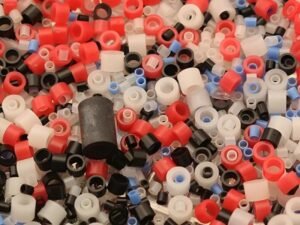
POM, or polyoxymethylene, is a high-performance engineering thermoplastic known for its stiffness, low friction, and excellent wear resistance. It is also commonly referred to as acetal, Delrin, polyacetal, or polyformaldehyde. Machining POM offers excellent dimensional stability, low moisture absorption, and durability in harsh environments. Its key mechanical properties include high tensile and flexural strength, good impact resistance, and rigidity. POM is available in two main types: homopolymer (POM-H) and copolymer (POM-C), each suited to different engineering applications.
Advantages of CNC Machining POM
CNC machining POM offers several benefits in manufacturing.
- High Precision: POM CNC machining can achieve high precision. This precision supports the production of complex geometries without the need for additional tooling.
- Prototyping Efficiency: POM CNC machining allows for quick turnaround times, as parts can be produced directly from digital designs, reducing the lead time compared to mold-based methods.
- Less Material Waste: The process also minimizes material waste. CNC techniques remove only the necessary stock, making acetal CNC machining cost-effective for small to medium batches.
- Design Flexibility: CNC POM provides flexibility in design modifications. Changes can be implemented in the CAD model without retooling, facilitating iterative development.
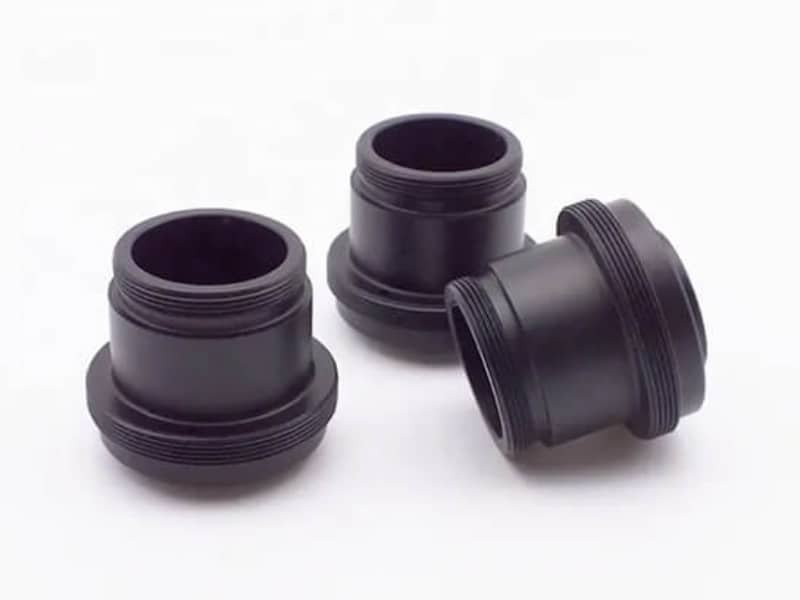
POM CNC Machining Service
How to CNC Machine POM Plastic?
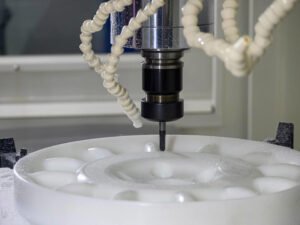
CNC machining of POM typically follows these key steps:
- CAD Design: The first stage involves creating a precise 3D model of the part using computer-aided design (CAD) software.
- CAM Programming: The CAD design is converted into CNC-readable code (G-code) using computer-aided manufacturing (CAM) software.
- Material Preparation: POM raw stock (rods, sheets, or blocks) is selected based on the required size and type (homopolymer or copolymer) and secured firmly in the CNC machine fixture.
- Machining: Using milling, turning, drilling, and other operations, the CNC machine executes the toolpaths to remove material precisely and form the part according to specifications.
- Post-Machining Finishing: Machined parts may undergo deburring, polishing, or heat treatments (annealing) to relieve stresses and improve mechanical properties.
- Quality Inspection: Dimensional and visual inspections verify that the final part meets required tolerances and quality standards.
CNC Machining Methods for POM
POM CNC machining employs several techniques tailored to different parts.
CNC Milling
Milling uses rotary cutters to remove material from the POM workpiece. This method is suitable for creating flat surfaces, slots, and complex contours, making it ideal for parts like gears or brackets. Multi-axis milling enhances precision for intricate shapes.
CNC Turning
Turning involves rotating the POM workpiece while a stationary cutting tool shapes it. This technique is effective for producing cylindrical components, such as shafts or bushings, with consistent diameters and smooth finishes.
CNC Drilling
Drilling creates holes in POM by advancing a rotating bit into the material. Peck drilling, where the tool retracts periodically, is often employed to manage chip evacuation and prevent clogging, ensuring clean and accurate holes.
CNC Threading
Threading forms internal or external threads in POM parts, typically using tapping tools. This method ensures precise fits for fasteners.
Main Challenges in Machining POM Plastic
Machining POM plastic presents specific challenges that require attention. One issue is material deformation. Another is cracking. The issues may occur during or after processing.
Causes and Solutions for Deformation During POM Machining
Deformation in POM machining arises from several causes. Clamping forces can induce stress, leading to elastic recovery after release. Heat generated during cutting causes thermal expansion, resulting in warping upon cooling. Residual stresses from uneven material removal contribute to bending. Material elasticity allows flexing under tool pressure.
Solutions include using soft jaws or vacuum fixturing to distribute clamping pressure evenly. Implementing multiple light passes reduces heat buildup. Symmetrical machining sequences balance stress distribution. Annealing post-machining relieves internal stresses.
Common Causes and Solutions for Cracking During POM Machining
Cracking during POM machining stems from various factors. Sharp tool impacts create stress concentrations. Residual tensile stresses from rapid cooling lead to fractures. Impurities in the material act as initiation points. Excessive feed rates cause overload.
Solutions involve using sharp, coated tools to minimize impact. Pre-annealing the stock reduces initial stresses. Selecting high-purity POM grades avoids defects. Adjusting parameters to lower feeds prevents overload.
CNC Machining Tips
Following the correct guidelines will enhance productivity and ensure precision. Recommendations include:
- Tools: It is recommended to use high-speed steel (HSS) or carbide tools with sharp, positive rake angles. Single-flute end mills are preferred for milling POM, as they efficiently evacuate chips.
- Cutting Speeds: Moderate spindle speeds are advised for POM CNC machining. These speeds balance productivity with surface finish quality and extend tool life by controlling heat generation.
- Feed Rates: Feed rates should be kept conservative to ensure efficient chip removal without causing excessive cutting forces or overheating.
- Cooling and Lubrication: Water-based coolants or compressed air are recommended to minimize machining heat and ensure chip clearance.
- Clamping: Specialized plastic clamps or vacuum suction tables designed for plastics are necessary to avoid distortion. These fixturing methods distribute pressure evenly, maintaining part integrity during POM CNC operations.
Applications of CNC Machined POM Parts
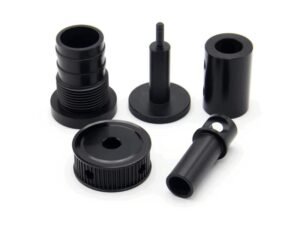
CNC machined POM parts are used across industries. The list below details specific applications:
Automotive: Gears, bushings, connectors, clips, and sliding parts.
Electronics: Insulators and housings.
Industrial Machinery: Bearings, sprockets, valves, and conveyor parts.
Consumer Goods: Components like buckles, fasteners, and furniture fittings.
Medical: Instruments and prosthetics.
Conclusion
CNC POM machining provides a reliable method for producing high-quality parts. Zhongde offers professional china CNC custom machining services, including custom prototyping and production. The CNC machining services included CNC turning, CNC milling, threading, and drilling. Welcome to contact Zhongde for the POM CNC project.
